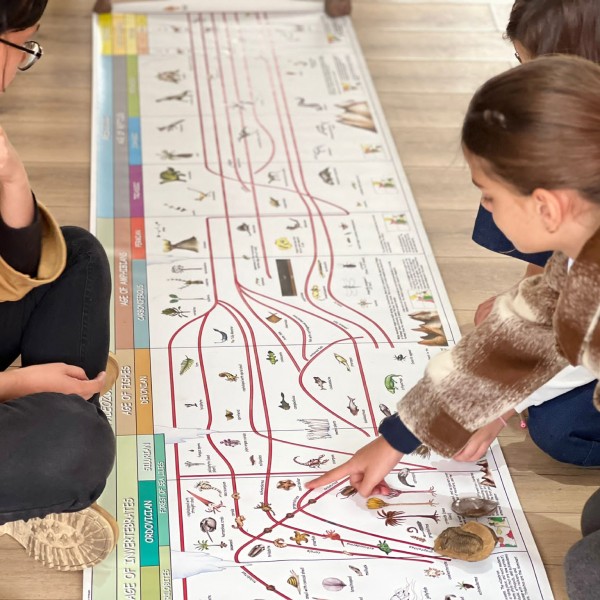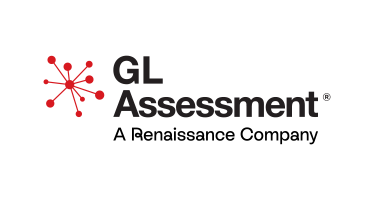Montessori positive discipline NVC: 7 Proven Steps

Montessori positive discipline NVC gives parents a clear, respectful way to set limits, coach skills, and protect connection. You will shift from commands to guidance, from punishment to practice, and from power struggles to collaboration—while keeping Montessori principles alive at home in Morocco.
Step 1 — Know the pillars before you start
Montessori: prepared environment, guided freedom, and self-correcting work.
Positive discipline: firmness with kindness; teach skills, don’t shame.
NVC (Nonviolent Communication): observe, feel, need, request.
Why combine them? Montessori sets the stage. Positive discipline shows how to coach behavior. NVC gives the language that keeps dignity intact. Together they form the core of Montessori positive discipline NVC at home.
External dofollow resources:
• Association Montessori Internationale (AMI) — standards and guidance
• Center for Nonviolent Communication (CNVC) — NVC process and tools
• UNESCO — child-centered learning principles
Step 2 — Design the environment so behavior becomes easier
Environment is your first lever. Make the right action the easy action.
Entry station
-
Low hook, shoe tray, basket for hat and card.
-
Picture labels for pre-readers.
Kitchen station
-
Learning tower or safe step.
-
Snack shelf: small pitcher, cups, cloths, slicer.
Work shelf
-
6–10 complete trays only.
-
One mat to define space. Rotate weekly.
Calm corner
-
Small mat, one plant, 3–5 books, a soft timer.
-
No screens. This is for reset, not exile.
This infrastructure reduces “no’s.” In Montessori positive discipline NVC, you change the room before you chase the child.
Step 3 — Use the NVC micro-loop in daily moments

Montessori at home 10 tips
NVC turns conflict into clarity. Keep it short.
Template (10–15 seconds):
-
Observation: “When the water spills on the floor…”
-
Feeling: “…I feel worried…”
-
Need: “…because I need safety.”
-
Request: “Please bring the cloth and wipe here.”
Why it works: You name facts, not blame. You link impact to a human need. You ask for a clear, doable action. This is the everyday voice of Montessori positive discipline NVC.
More examples
-
“When toys stay on the mat, I feel calm because I need order. Please return them to the basket.”
-
“When you shout, my ears hurt and I need quiet. Please whisper with me.”
Step 4 — Replace punishments with teaching moments
Punishment stops behavior short-term and teaches avoidance. Coaching teaches the skill you want next time.
Coach the missing skill
-
Spills → slow pouring with smaller pitcher.
-
Grabs → turn-taking game with sand timer.
-
Interruptions → touch my shoulder + “I will answer after this sentence.”
Use natural and logical consequences
-
Spilled water → fetch cloth, absorb, wring, return cloth.
-
Thrown blocks → blocks rest; choose a soft ball for throwing.
Re-present, don’t lecture
Show the sequence silently, then invite practice. In Montessori positive discipline NVC, the new presentation is the correction.
Step 5 — Build firm and kind routines
Boundaries protect focus. Tone protects dignity.
Morning routine (posted with pictures)
Dress → breakfast → pack water and snack → device-free departure.
After-school flow
Snack → outdoor movement → shelf work or reading → practical life job.
Evening rhythm
Prepare outfit and bag → 10-minute tidy with music → read-aloud → lights out.
Firm words, kind tone
-
“It’s time to leave. Do you want to put on shoes by yourself or with my help?”
-
“You may choose one activity from this shelf.”
These scripts keep Montessori positive discipline NVC concrete and repeatable.
Step 6 — Practice Positive Discipline tools that fit Montessori
Two good choices
Reduce power struggles: “Pour at the table or on the tray?”
When–then
Sequence a limit with a need: “When the table is wiped, then we read.”
Routine charts
Child draws each step. Point to the chart instead of repeating yourself.
Encouragement over praise
-
Praise: “You’re so smart.”
-
Encouragement: “You carried the tray carefully. You noticed the water and wiped it.”
Limited yes
“Yes, after…” or “Yes, outside…” reframes without a fight.
Family meeting (6–12 years)
Weekly 15 minutes: appreciations → problem list → brainstorm → choose one solution → assign roles → quick plan. This models respectful democracy inside Montessori positive discipline NVC.
Step 7 — Teach feelings and needs with real tools
Emotional literacy is a skill, not a speech.
Feelings basket (3–6)
Picture cards for happy, sad, mad, worried, proud. Match face to card. Name it. Breathe once together.
Needs board (6–12)
Simple list: rest, space, help, fairness, choice, learning, play. Child points to the need before making a request.
Reset menu
-
Breathe with finger tracing.
-
Squeeze a ball 10 times.
-
Drink water.
-
Read in the calm corner.
This keeps Montessori positive discipline NVC actionable under stress.
Age-specific applications
Ages 3–6: guidance through action
-
Grace and courtesy: role-play “May I join?” “Your turn, my turn.”
-
Work interruptions: touch shoulder, wait; adult signals “I see you.”
-
Tantrums: hold safety boundary, validate feeling, offer reset menu, then re-present the step that failed.
Daily 10-minute plan
-
Practical life tray (3–4 min)
-
One sound game or picture book (4–5 min)
-
Calm corner reset (1 min)
Ages 6–12: collaboration and responsibility
-
Child writes a short routine card set.
-
Weekly family meeting with agenda and minutes.
-
Logical consequences chosen together: “Bike left outside → bring it in + check chain with me.”
Mini scripts
-
“You need space. I hear you. Use the calm corner. I’ll check in after this song.”
-
“You want fairness. Let’s list jobs and pick together.”
Common situations and model responses
Running indoors
-
Observation: “Feet are fast.”
-
Boundary: “Inside we walk.”
-
Alternative: “Let’s race outside after snack.”
-
Teach: heel-to-toe walking game on a line.
Throwing toys
-
Boundary: “Balls are for throwing. Blocks are for building.”
-
Natural consequence: blocks rest; offer soft ball tray.
Sibling conflict
-
Pause: “I will help you both.”
-
NVC: “When voices are loud, I feel tense; I need safety. Please tell me what you each want.”
-
Coach: turn-taking card, sand timer, script “May I have it when you are done?”
Screen battles
-
Pre-decide: posted limits.
-
When–then: “When shelf work is done, then 20 minutes show.”
-
Reset: if conflict grows, screens rest until tomorrow.
These moves keep Montessori positive discipline NVC steady under pressure.
Communication cheat-sheet (post on the fridge)
-
Say what to do: “Carry with two hands,” not “Don’t drop it.”
-
State the limit once; point to the chart.
-
Name feelings: “You’re frustrated.”
-
Name needs: “You need help,” “You need space.”
-
Offer two good choices.
-
Re-present the step instead of scolding.
-
Close the loop: “You wiped the spill. It’s safe now.”
Frequent pitfalls and quick fixes
-
Too many activities out → limit to 6–10; rotate weekly.
-
Talking through every step → demonstrate in silence; let the hands learn.
-
Punishment loops → switch to coaching + natural consequences.
-
Inconsistent bedtime → protect sleep; most behavior improves.
-
No observation → watch one task daily start to finish; adjust environment.
Bilingual homes in Morocco: NVC without confusion
-
Assign language zones: snack in English, bedtime in Arabic, weekend library in French.
-
Keep NVC scripts short in any language: Observation → Feeling → Need → Request.
-
Track functional milestones, not performance: follows directions, uses grace-and-courtesy phrases, solves small problems with words.
7 printable tools (quick start)
-
Entry routine chart (pictures).
-
Two-choice cards (“Now / After snack”).
-
Calm corner menu.
-
Feelings cards (3–6).
-
Needs list (6–12).
-
Family meeting template.
-
Natural consequence map (common home tasks).
Internal links
External resources (dofollow)
-
Association Montessori Internationale (AMI) — standards and training
-
Center for Nonviolent Communication (CNVC) — official resources
-
UNESCO — child-centered learning principles
FAQ
Isn’t this permissive?
No. Limits are firm. Tone is kind. Skills are taught and practiced.
What if my child refuses?
Lower the challenge, offer two choices, and re-present the step later.
How long until it works?
Look for steady signals: shorter conflicts, faster recovery, more self-start.
Do I need special materials?
No. Function first: child-sized tools, clear trays, consistent places.
Conclusion
Respect and structure can coexist. Montessori positive discipline NVC gives you a map: prepare the space, use the NVC micro-loop, coach missing skills, and hold firm, kind routines. Small, repeatable steps change the tone at home. Children feel safe, capable, and connected—and that is the goal.






